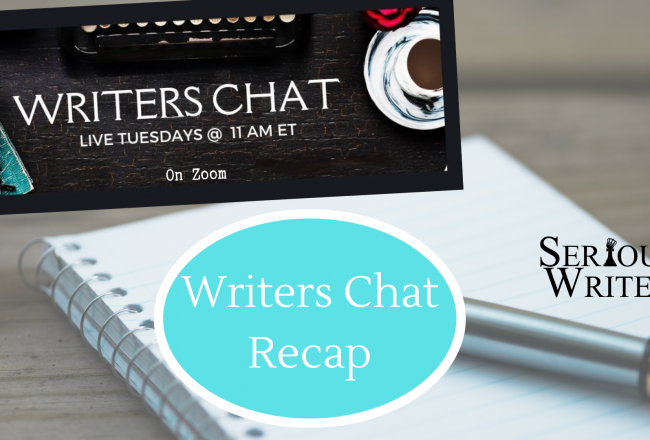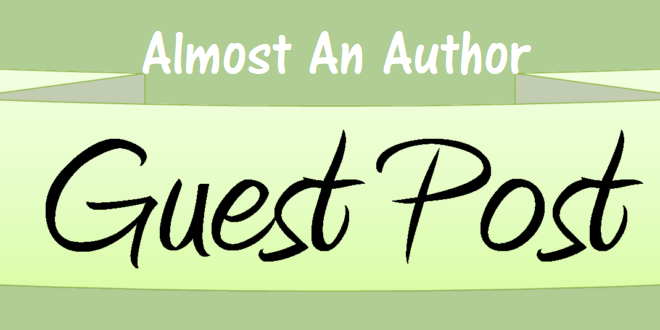
Wearing Confidence: A Writer’s Wardrobe Must-Haves: Kathryn Ross
Got challenges? Don’t we all. Life is filled with obstacles on the pathway to realizing our goals and purposes.…
September 18, 2017
Got challenges? Don’t we all. Life is filled with obstacles on the pathway to realizing our goals and purposes.…
September 18, 2017
I’m old enough to remember when Olympic sprinters wore baggy shorts. But if you look at the world’s greatest…
September 15, 2017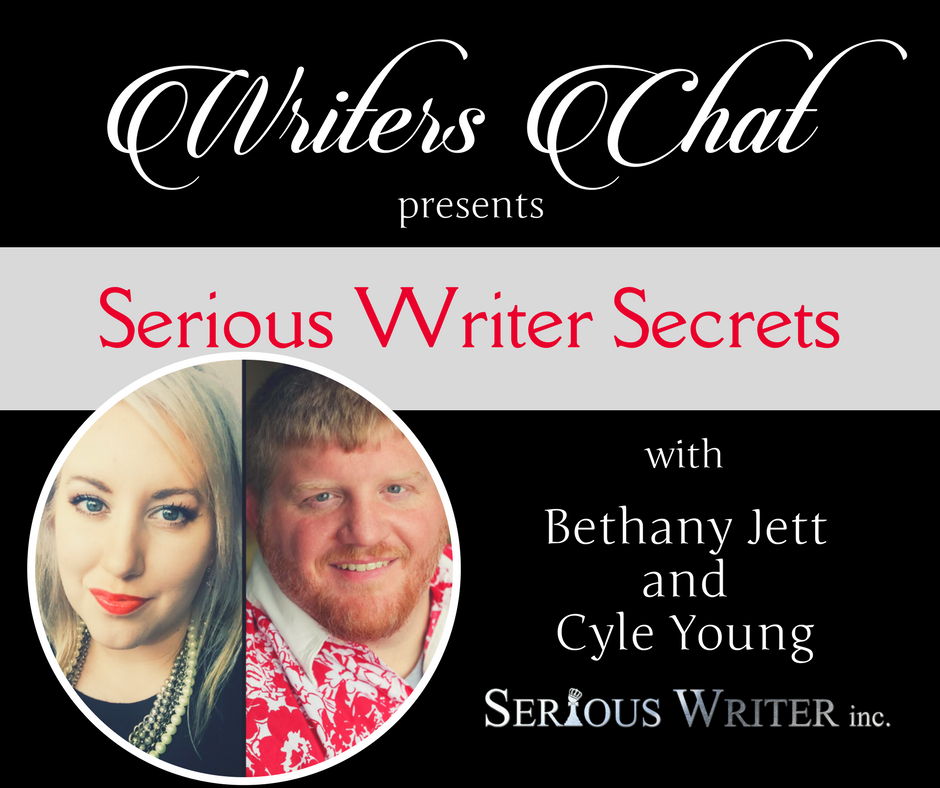
In this conversation, literary agent and award-winning author Cyle Young shares the difference between a writer and an author,…
September 13, 2017
When you boil it down to the basics, writers and editors are both seeking the same thing: excellent writing. …
September 13, 2017
Lindsey P. Brackett’s debut novel, Still Waters, releases September 8, 2017. Published with Firefly Southern Fiction, an imprint of…
September 8, 2017
Do portals that move your character to another time and place work within modern storytelling? This is the question…
September 7, 2017
One of my favorite quotes is “Learn from the mistakes of others; you can never live long enough to…
September 6, 2017
You’ve decided to take your writing from a hobby to a professional level. That’s great, but where do you…
September 3, 2017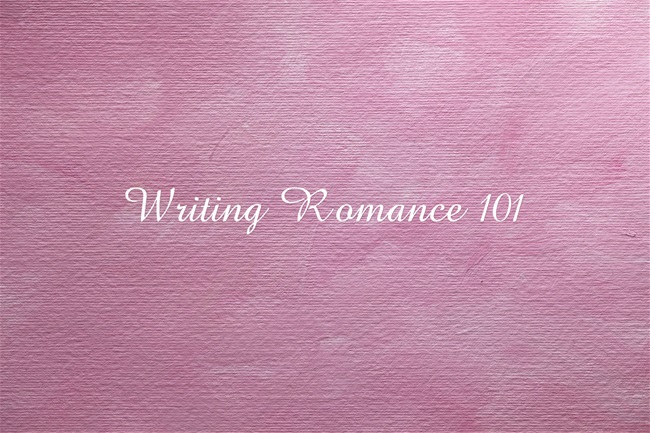
So, you think you want to write a romance? It’s a great genre. [bctt tweet=”We all love fairy tales…
September 2, 2017
Welcome, Ace. Can you share a little about your recent book – The Cat’s Eye came out in August…
September 1, 2017His life tells a story. Unexpected business caused the lawyer to stay home in Chicago a few extra days…
August 30, 2017
If your lifelong dream is to write Bible studies, craft devotional guides, or create fiction for today’s Christian woman,…
August 29, 2017
Being a teenager is hard. Especially a teenager striving to be a published author. It’s stressful finding time to…
August 28, 2017
When it comes to entering writing contests, it’s important to remember that winning can’t be duplicated. Many children’s…
August 27, 2017
A Kill fee? Is that legal? What is a nut graf anyway? Is sounds like a surgical term or…
August 26, 2017
I know about new writer pitfalls first hand. When my first book was written in 2009, the publishing industry…
August 25, 2017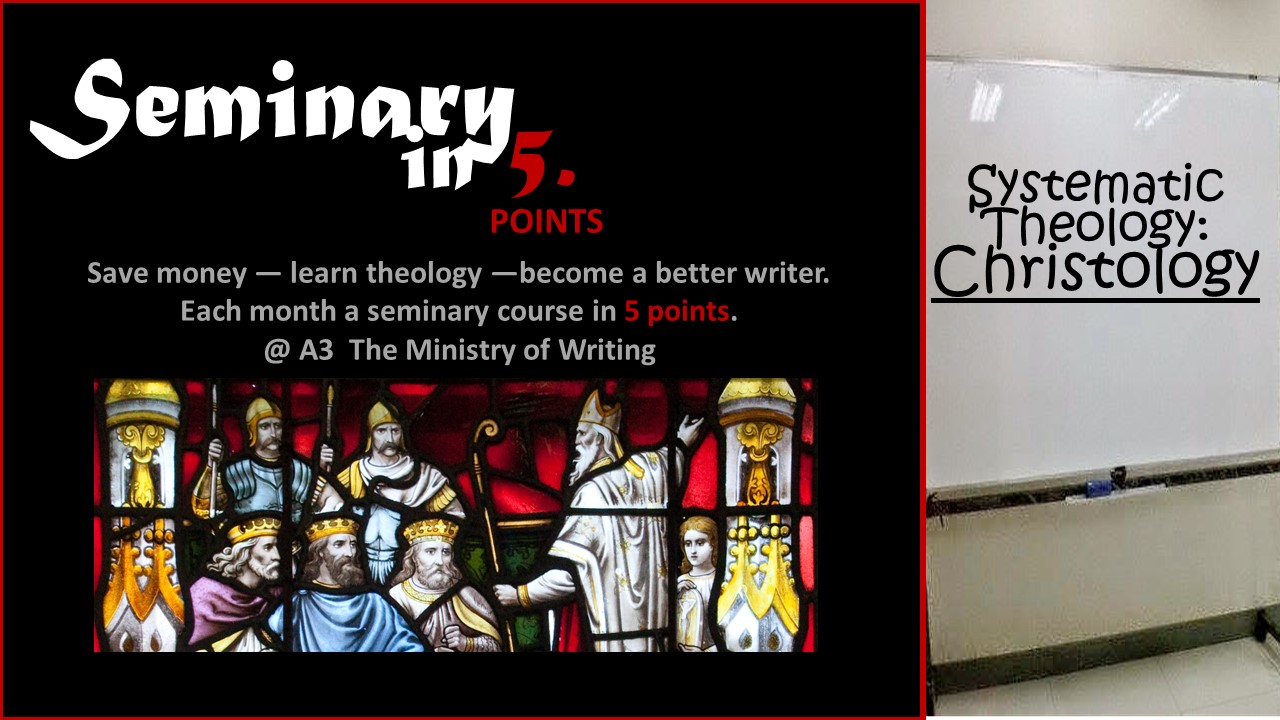
Save money. Learn theology. Become a better writer. Minister more effectively. That’s my hope for you. In this…
August 24, 2017
If you’re writing about corporate culture or your main characters are partners or close colleagues in their jobs, the…
August 23, 2017
In the previous post, we discussed how writers can build a blog readership by establishing a brand, deciding on…
August 21, 2017
My daughter-in-law is a first-time mom to my newest grandchild. Dylan is four months old and, of course, absolutely…
August 21, 2017
Dig deep and you’ll find attitude, and when you find attitude, you find voice. ~ James Scott Bell in…
August 20, 2017
Adverbs are words commonly used to describe or modify a verb, and adjective, or another adverb. To test…
August 19, 2017My dream as a kid was to become an elementary teacher and write books for kids. In high school,…
August 16, 2017
Welcome, Erica, please tell us about your most Recent Book The Lost Generation is my debut novel. I wrote…
August 15, 2017Fans who love Jesus and fantastic fiction will have a new and free guide when Lorehaven releases its first…
August 14, 2017



